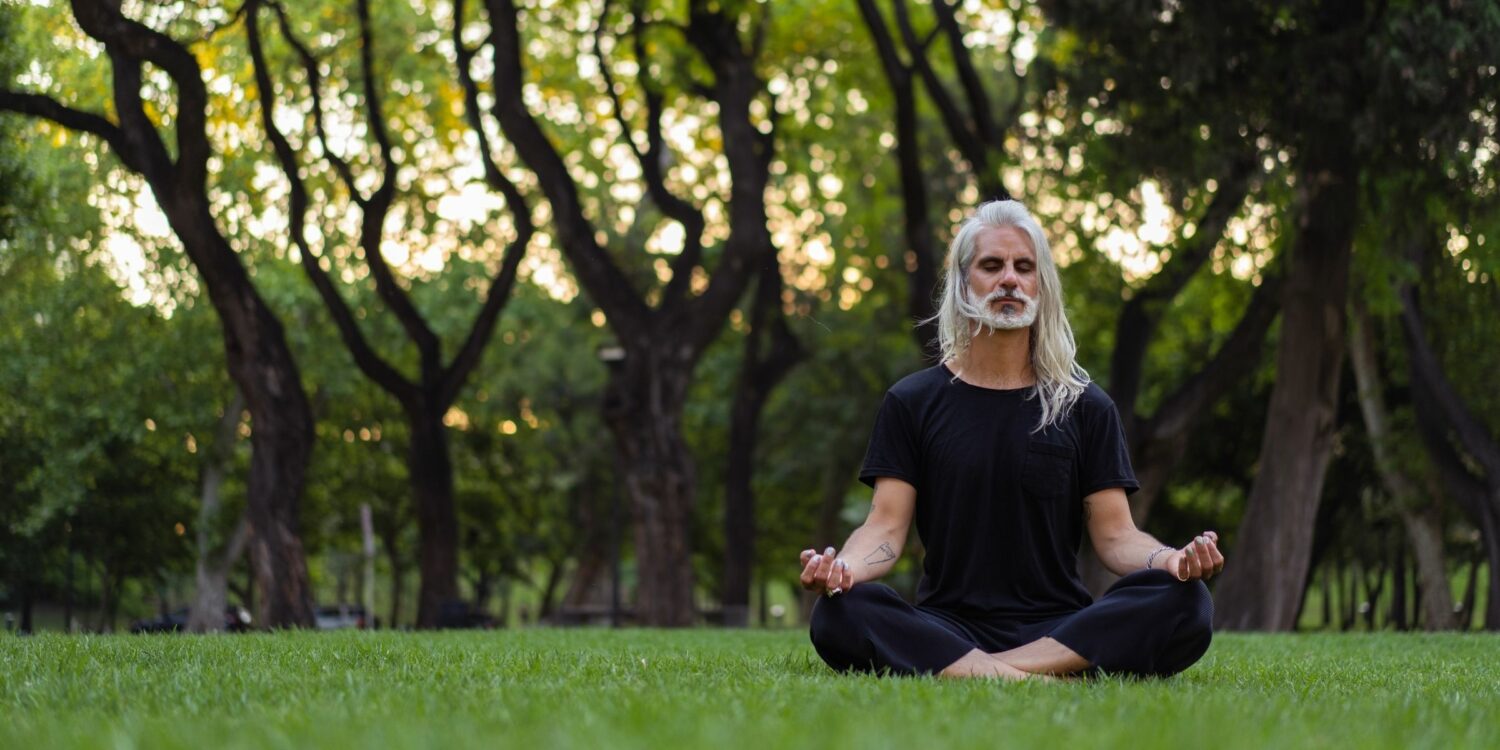Ever notice how stress seems to settle into your shoulders, your jaw, even your fingertips? That tension isn’t just in your head—it’s in your muscles, your posture, your breath. And the best way to melt it away? Mindful movement. Not just exercise, but movement with intention, awareness, and a dash of self-compassion.
What Is Mindful Movement? (And Why It Works)
Mindful movement is the sweet spot between yoga, tai chi, and simply paying attention. It’s about connecting your body and mind through deliberate, gentle motions—no fancy equipment or marathon workouts required. Think of it as a conversation between your muscles and your thoughts, where both get to say, “Hey, I’m here.”
Research backs this up: studies show mindful movement reduces cortisol (the stress hormone) and increases serotonin (the feel-good chemical). It’s like hitting a reset button for your nervous system.
Simple Mindful Movements to Try Today
1. The Shoulder Roll (For Instant Tension Release)
You’ve probably done this unconsciously—now let’s make it mindful:
- Inhale as you lift your shoulders toward your ears.
- Exhale as you roll them back and down.
- Repeat 3–5 times, noticing where tension lingers.
Pro tip: Close your eyes. It amplifies the sensation.
2. Grounding Walk (No Nature Required)
Even pacing your living room counts:
- Walk slowly, feeling each part of your foot—heel, arch, toes—touch the floor.
- Sync your breath with your steps (e.g., inhale for 2 steps, exhale for 3).
- Notice the subtle shifts in balance. No rushing.
This isn’t about distance. It’s about presence.
3. Seated Spinal Twist (Desk-Friendly)
Perfect for that 3 p.m. slump:
- Sit tall, feet flat. Place your right hand on your left knee.
- Inhale, lengthen your spine; exhale, twist gently to the left.
- Hold for 3 breaths, then switch sides.
Feel that? That’s your spine saying “thank you.”
The Science Behind the Sigh of Relief
Why does mindful movement work so well? It’s partly about interrupting the stress cycle. When you’re anxious, your body defaults to fight-or-flight mode—tense muscles, shallow breathing. Mindful movement flips the script:
| Stress Response | Mindful Movement Response |
| Rapid, chest breathing | Slow, diaphragmatic breaths |
| Hunched posture | Open, aligned spine |
| Clenched jaw | Relaxed facial muscles |
Small shifts, big impact.
Making It Stick: How to Build a Habit
Here’s the deal—mindful movement isn’t another chore. It’s a mini sanctuary. Try these tricks to weave it into your day:
- Pair it with a trigger: After brushing your teeth, do 2 minutes of stretching.
- Start stupid small: One deep breath before checking your phone.
- Use reminders: A sticky note that says “Breathe” on your laptop.
Honestly? Even 30 seconds counts. It’s the consistency, not the duration.
When Stress Feels Heavy: Adaptations
Some days, stress feels like a weighted blanket—immovable. On those days, modify:
- Too exhausted? Try lying on the floor with your legs up a wall.
- Overwhelmed? Focus solely on wiggling your toes or fingers.
- Short on time? Sigh loudly (yes, really—it triggers relaxation).
Mindful movement meets you where you are. No judgment.
The Bigger Picture: Why This Matters
In a world that glorifies “powering through,” mindful movement is a quiet rebellion. It’s permission to pause, to listen to your body’s whispers before they become screams. And maybe—just maybe—it’s the gateway to a life where stress doesn’t steer the ship.


